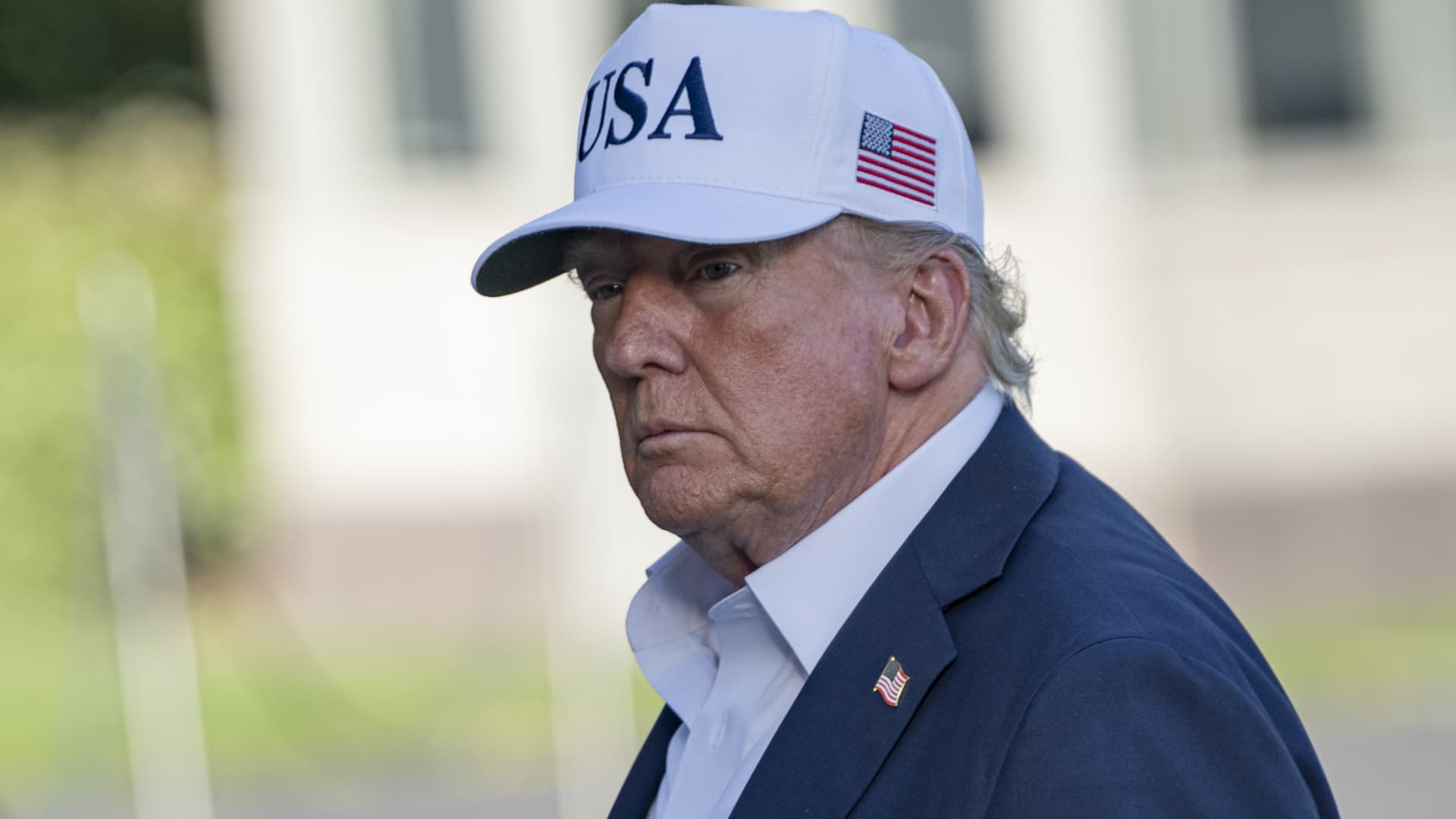The global stock markets’ evolving relationship with tariffs, particularly those imposed by former U.S. President Donald Trump, presents a fascinating case study in economic psychology and policy adaptation. What once triggered panic and volatility has now become a familiar, if not entirely benign, feature of the trading landscape. This shift reflects a combination of market adaptation, policy predictability, and broader economic resilience.
The Initial Shock and Awaited Reckoning
When Trump first announced sweeping tariffs on Chinese goods in 2018, the reaction was swift and severe. Stock markets plummeted, with the S&P 500 and Dow Jones Industrial Average both experiencing sharp declines. The volatility index (VIX) spiked, reflecting heightened investor anxiety. Companies with global supply chains, such as Apple and Boeing, saw their stock prices dip as investors grappled with the uncertainty of higher costs and disrupted trade flows. The initial fear was not unfounded: tariffs, by design, increase the cost of imported goods, potentially reducing demand and stifling economic growth.
The Trump administration’s approach to tariffs was particularly unsettling due to its unpredictability. Unlike traditional trade negotiations, which often follow a structured process, Trump’s tariff announcements were frequently made via Twitter, catching markets off guard. This lack of transparency and consistency amplified the uncertainty, making it difficult for businesses to plan or adapt. The initial shock was not just about the tariffs themselves but about the unpredictability they introduced into the global trading system.
The Adaptation Phase: Markets Learn to Discount Tariff Threats
Over time, however, markets began to adapt. Several key factors contributed to this shift:
The Psychological Shift: From Fear to Indifference
Beyond the economic and policy factors, psychological biases played a significant role in the market’s evolving response to tariffs. Confirmation bias, the tendency to seek out information that confirms pre-existing beliefs, likely contributed to the growing perception that tariffs were not as damaging as initially feared. As more analysts and commentators began to downplay the risks, investors became more likely to accept this narrative.
Additionally, market momentum and herd behavior can amplify these trends. Once a consensus forms that tariffs are not a major threat, investors may be reluctant to buck the trend, fearing that they will miss out on potential gains. This can lead to a self-fulfilling prophecy, where the market’s indifference to tariffs reinforces the perception that they are not worth worrying about.
The Future of Tariffs: A New Normal or a Temporary Lull?
The market’s apparent complacency towards tariffs raises important questions about the future of global trade. On one hand, the resilience demonstrated by markets and businesses suggests that the global economy may be more adaptable than previously thought. On the other hand, the potential for tariffs to disrupt trade flows and harm specific industries remains.
One key factor to watch is the effectiveness of tariffs as a negotiating tool. If markets are no longer swayed by tariff threats, then their leverage diminishes. This could lead to a shift in trade policy, with governments exploring alternative strategies to achieve their economic goals. Additionally, the market’s perception of tariffs can change quickly. A sudden escalation of trade tensions or a disappointing round of negotiations could trigger a renewed bout of market volatility.
Conclusion: A Delicate Balance
The evolution of the market’s response to tariffs reflects a complex interplay of economic factors, psychological biases, and political considerations. What began as a source of profound anxiety has gradually become a more manageable risk. While the threat of tariffs has not entirely disappeared, the market has learned to adapt, to assess the actual impact, and to focus on other factors that drive economic performance.
However, this newfound equilibrium should not be mistaken for a permanent state of affairs. The global trade landscape remains uncertain, and the potential for disruptive events remains. Prudence and vigilance are essential. The markets have perhaps learned to live with the *threat* of tariffs, but the true test will come if and when those threats translate into a truly damaging reality. The future of global trade depends on it.





